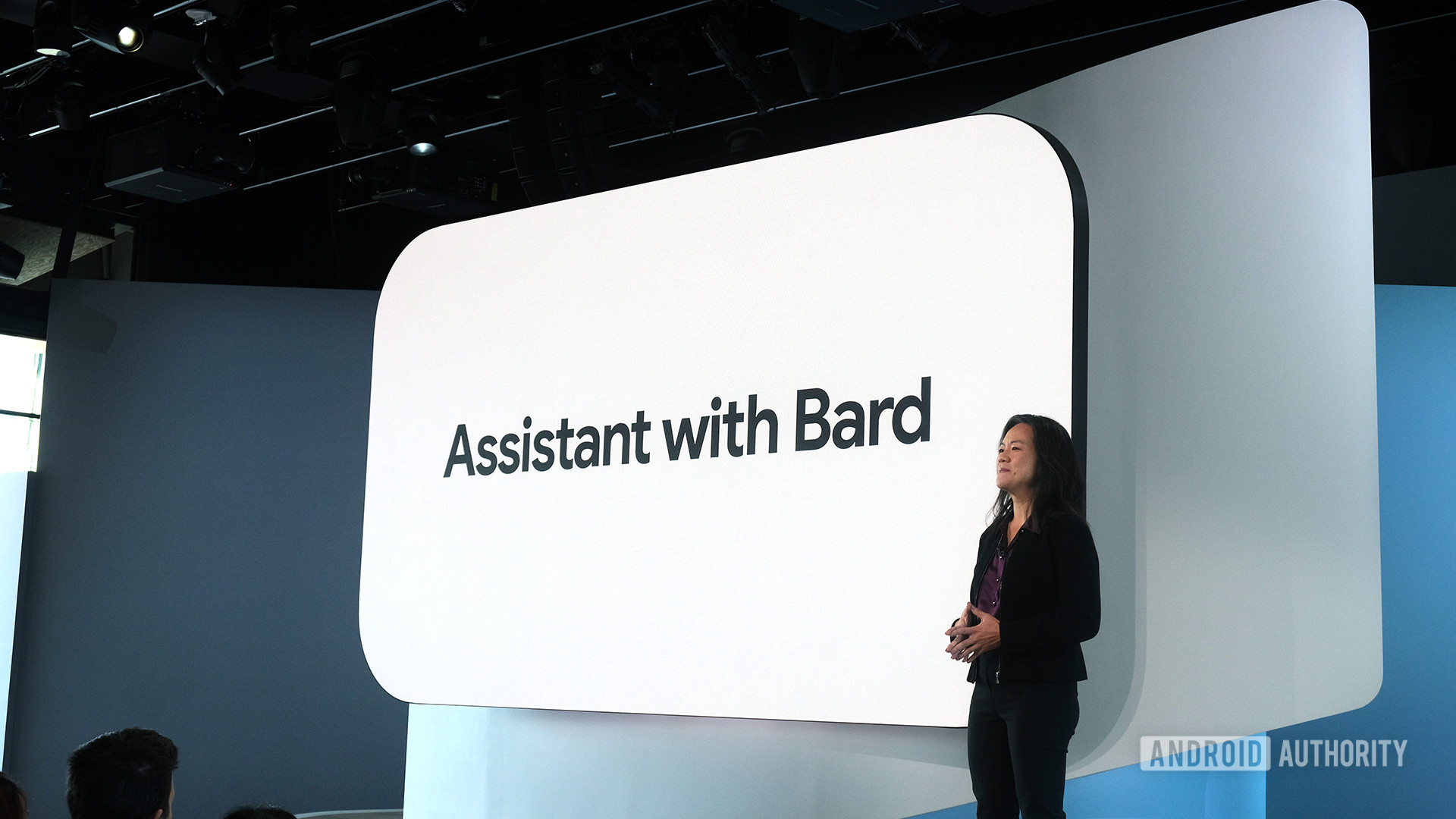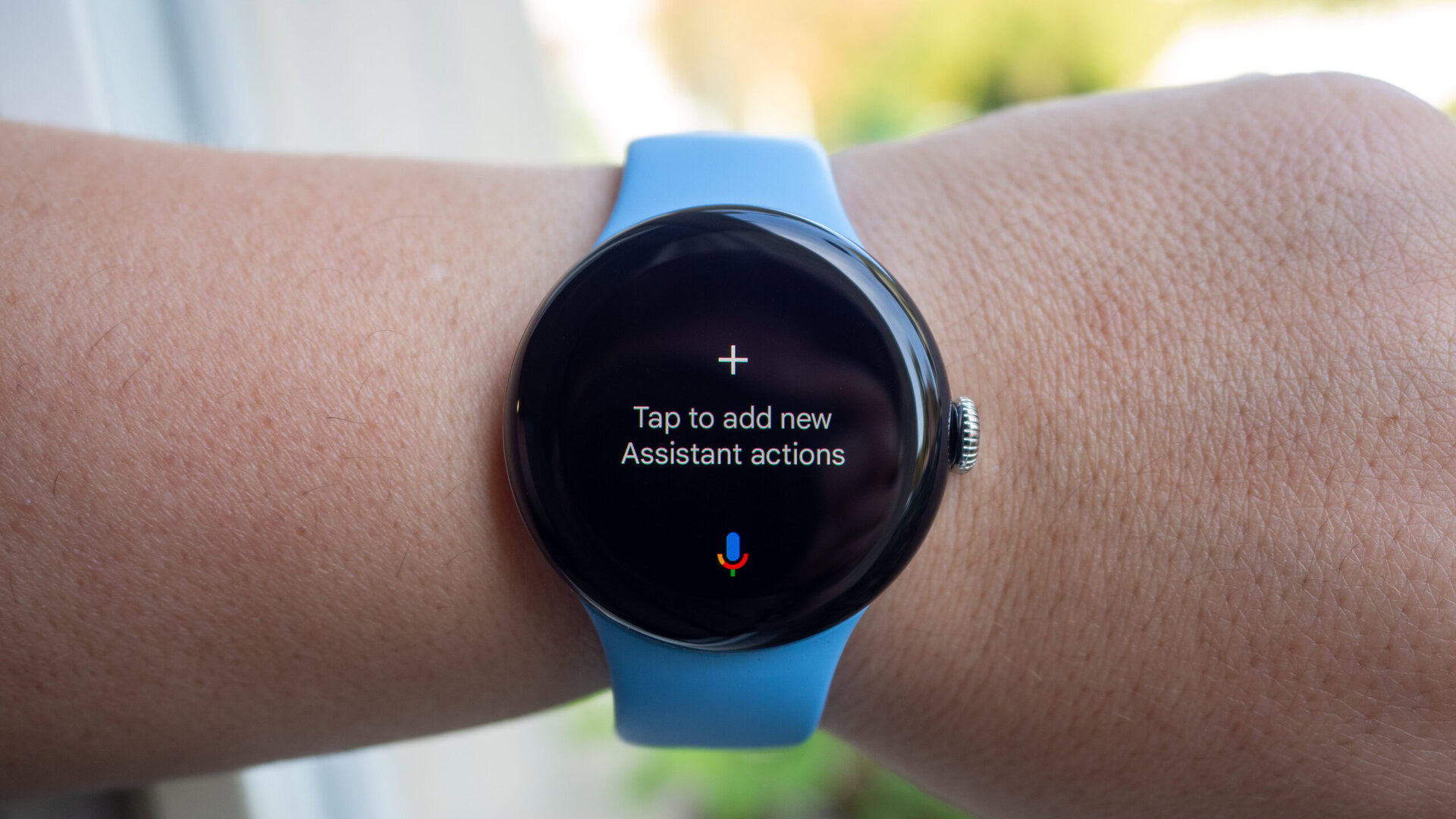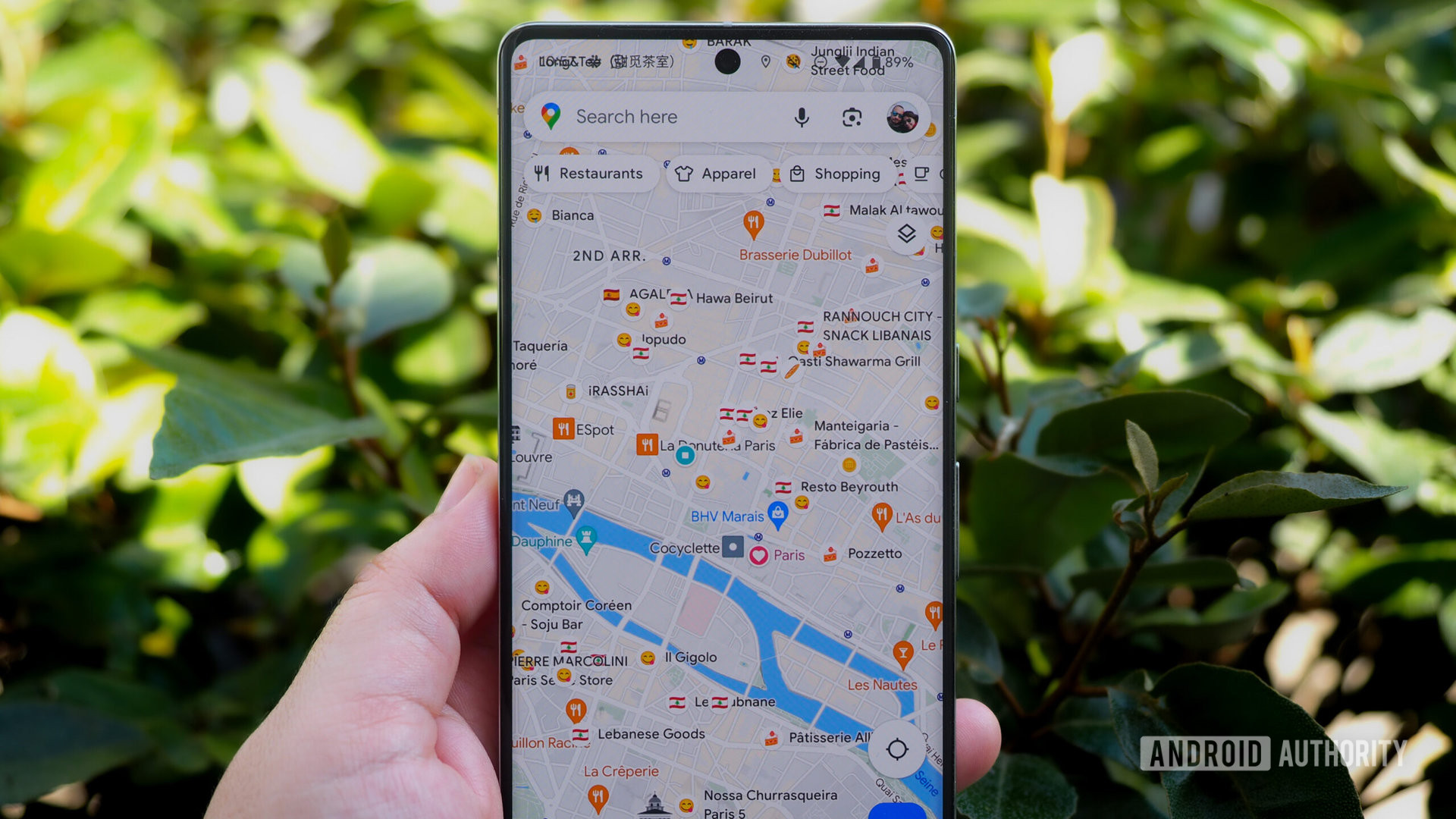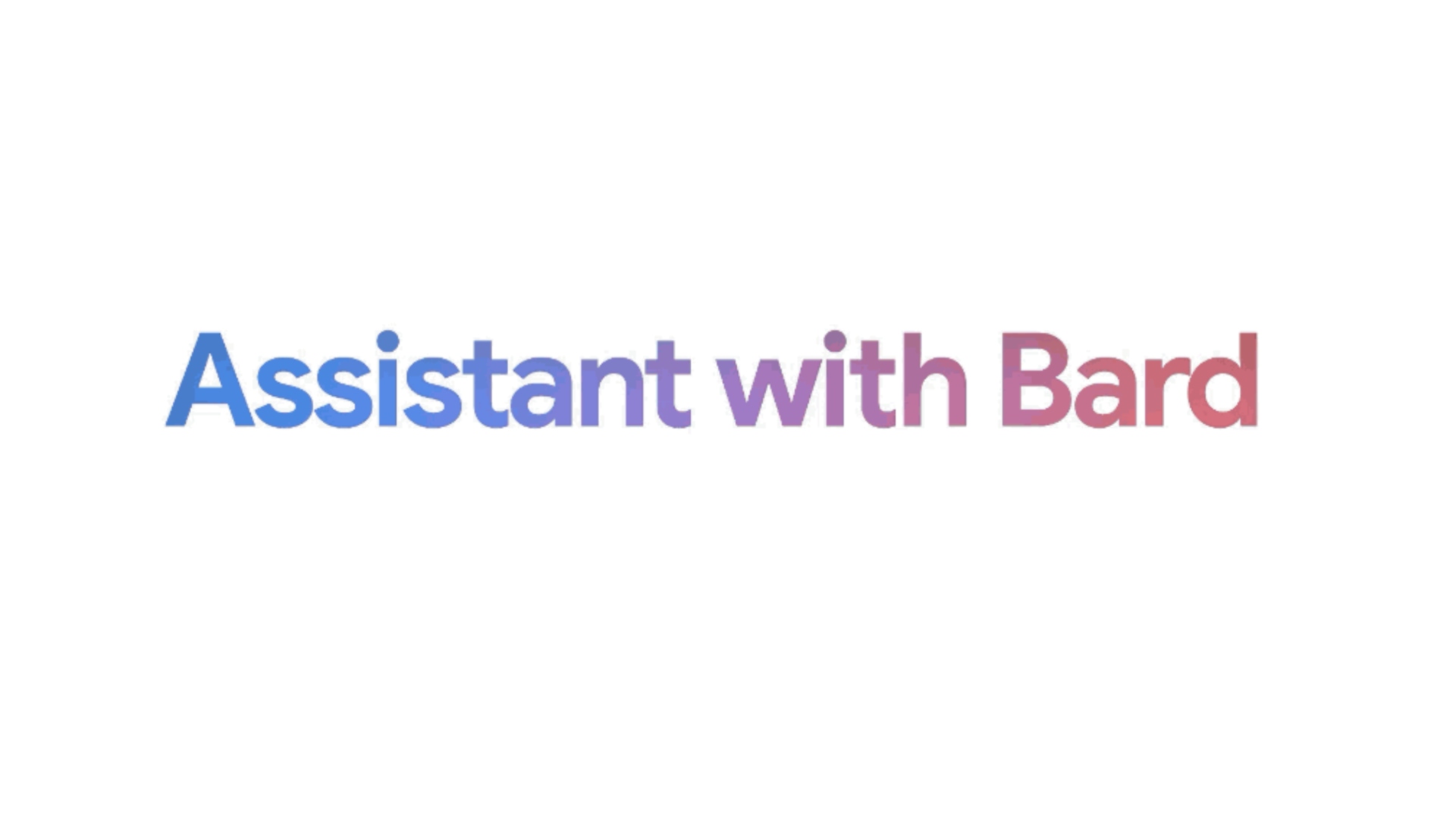Affiliate links on Android Authority may earn us a commission. Learn more.
Google Assistant with Bard: Features, abilities, and more explained

With the rising popularity of AI technology, major tech giants have all begun working fast to create their own AI chatbots. Google is one of the many companies that have been working to implement a chatbot of their own and have recently done so with Bard. Google Assistant with Bard is the latest AI chatbot released earlier this year. In this guide, we’ll delve into the details of Google Assistant with Bard, its features, integration with Google apps and services, and more.
What is Google Assistant with Bard?
Google Assistant with Bard is the next-generation version of Google’s virtual assistant, designed to take AI-powered voice assistants to a new level. This advanced iteration aims to make conversations with your virtual assistant more natural and engaging, bridging the gap between human and machine interaction. Bard enables users to ask Assistant far more complex questions and requests and to get a much more streamlined experience overall.
The name “Bard” indicates its role in making your interactions with technology feel more like a conversation with a knowledgeable companion rather than just issuing commands to a computer program. Google’s vision is to create an AI assistant that understands context, provides more contextually relevant responses, and engages in more fluid and dynamic conversations with users.
How does Google Assistant with Bard work?

Google Assistant with Bard is built on a foundation of powerful machine learning algorithms and neural networks. It leverages vast amounts of data to understand natural language, recognize patterns, and generate responses.
Some of the key features of Google Assistant with Bard include:
- Enhanced Natural Language Processing (NLP): Bard leverages cutting-edge NLP techniques to better understand and respond to user queries more conversationally. The text input is then processed by NLU models that analyze the words, syntax, and context to determine the user’s intent and extract relevant information.
- Multi-turn Conversations: Unlike previous versions of Google Assistant, Bard can handle complex multi-turn conversations, making interactions more fluid and interactive.
- Personalization: Bard aims to provide more personalized responses by learning from user interactions and preferences over time, delivering a tailored experience.
- Speech recognition: When a user speaks to their device, Bard’s speech recognition component converts the audio input into text.
- Contextual memory: Bard maintains a contextual memory of the conversation, allowing users to refer to previous questions or statements without rephrasing them.
- Response generation: Using the extracted intent and context, Bard generates a response in natural language that is contextually appropriate and informative.
This seamless process happens in real time, creating a natural and interactive conversation between the user and Google Assistant with Bard.
Integration with Google apps and services

Google Assistant with Bard features deep integration with Google’s suite of apps and services. This means users can seamlessly access their Google Calendar, Gmail, Google Maps, and other Google services through natural voice commands.
Integrating with Google apps and services makes daily tasks more efficient and convenient, as users can rely on Bard to assist them in various aspects of their digital lives.
Summarizing emails, Calendars, messages, and more
With integration with your various applications, users can ask Bard a range of requests, such as summarizing the emails they received for the week and asking about specific details. Receive an email regarding a party invitation? Ask Bard what the address of your party is, and Bard will tell you, all without ever having to open the email.
Have a packed work schedule? Ask Bard to list all of the planned meetings for the week, then ask what the topic for one of the specific meetings will be, and Bard can tell you.
Ability to see and hear
Google has also added the ability for Bard to see and hear things. By this, we mean that Bard can identify images, video, and audio.
Doing some bird watching, and not sure of what type of breed you’ve found? Snap a photo of it, and Bard will identify it for you. Picking flowers and want to know what sort of flowers you’re picking? Snap a pic, and Bard will tell you. Eating a meal and want to know how many calories it has? Take a photo, and Bard will break it down for you. It’s as easy as that.
When will Google release Assistant with Bard?

Google Assistant with Bard got an early access release in March of 2023, but only to minimal users. Google Assistant with Bard had a much broader release in May of 2023 and is finally available for all users. With that said, Google refers to Bard as simply being an “early experiment,” so it’s expected that the AI assistant will continue to receive regular updates as it continues to be iterated and improved upon.
Overall, Google Assistant with Bard represents a step forward in the evolution of virtual AI assistants. With its advanced natural language processing, contextual awareness, and integration with Google’s services, it promises to make interactions with technology more natural and efficient. But just like other AI chatbots, Bard is still a very new piece of tech, so will likely continue to see various improvements and changes as time goes on.